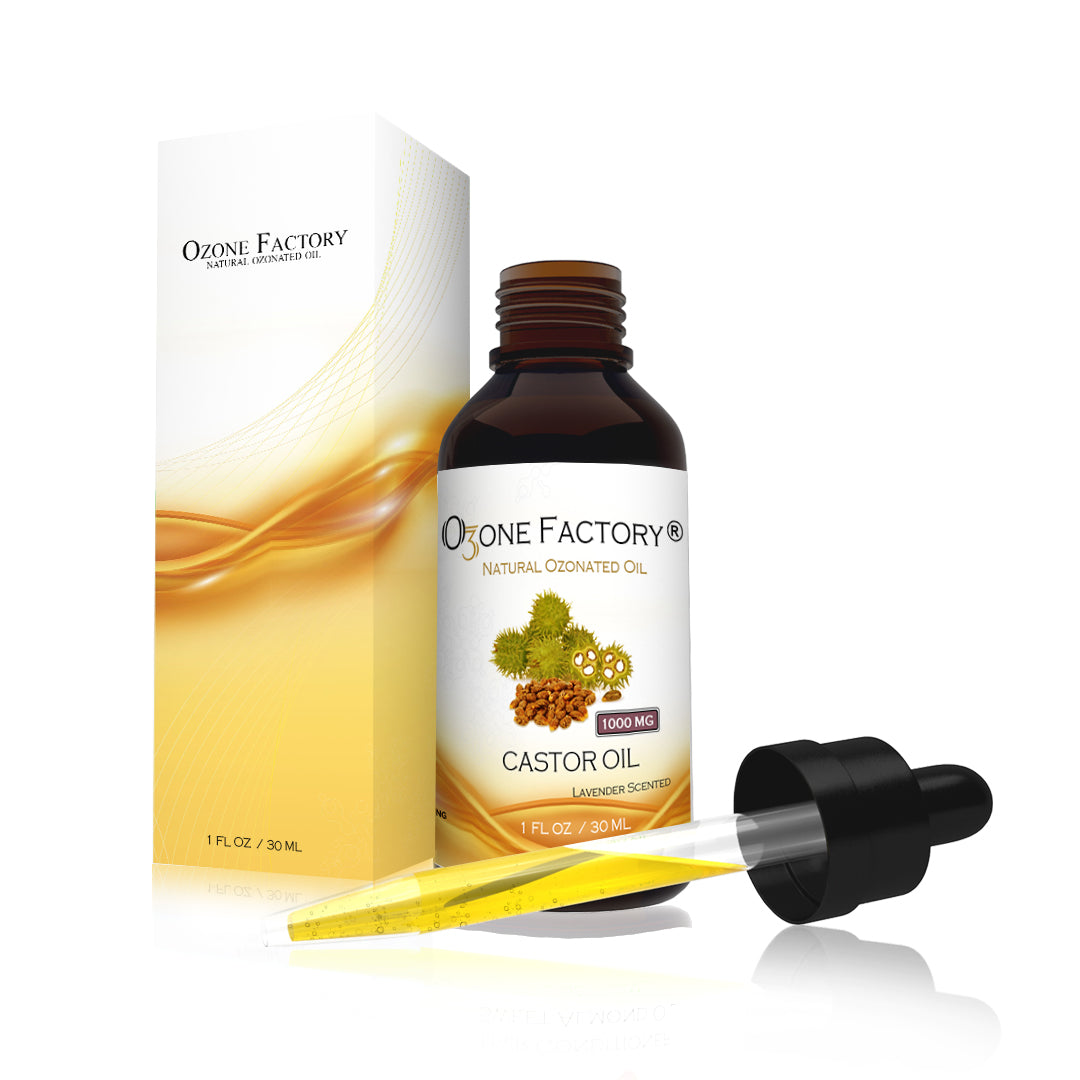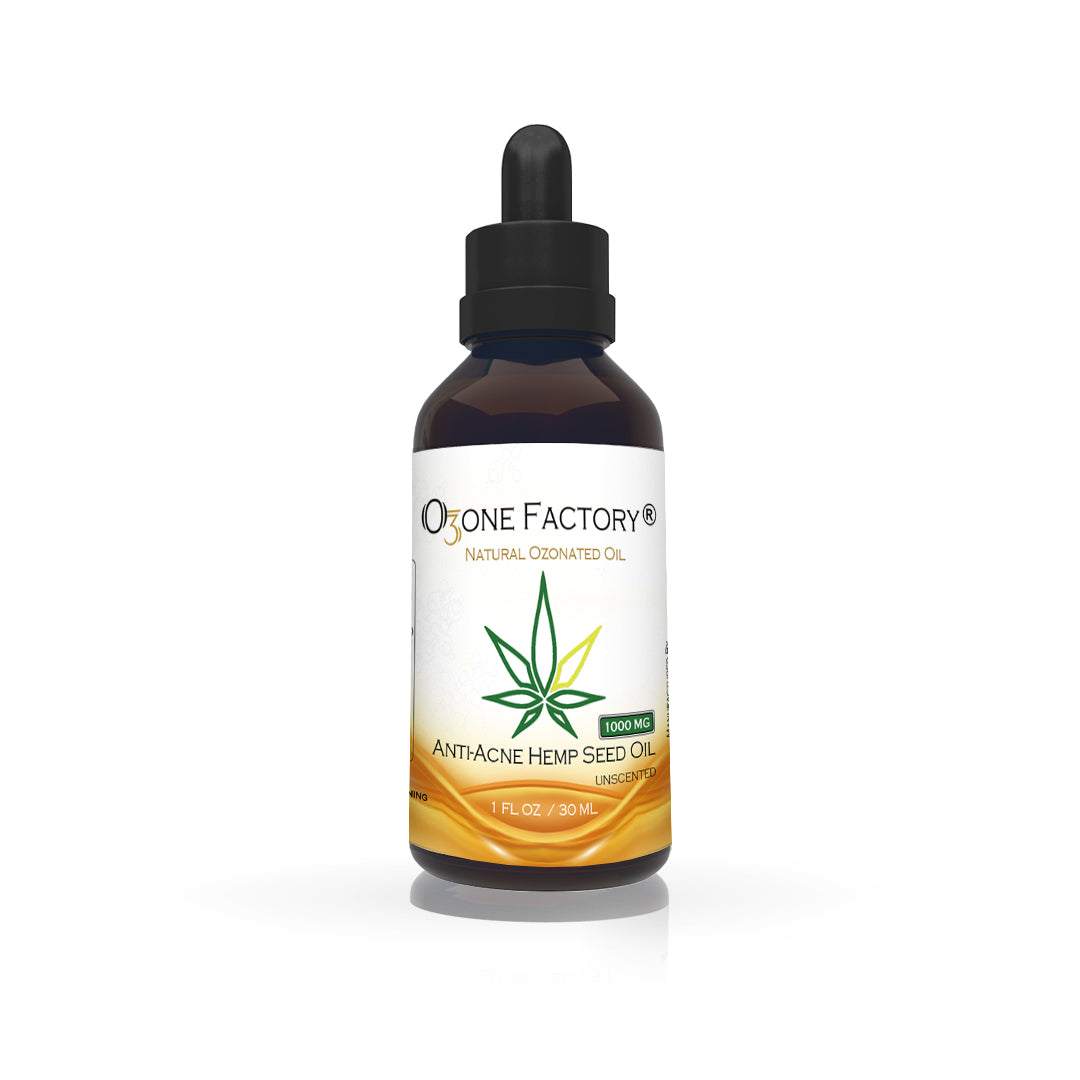
Porokeratosis stands as a perplexing dermatological condition, characterized by the presence of distinctive, raised lesions with a keratotic rim. These lesions, which may vary in size and distribution, poses challenges in terms of both diagnosis and management.
Understanding Porokeratosis
Porokeratosis encompasses a group of rare skin disorders characterized by the presence of cornoid lamellae, a column of closely packed parakeratotic cells, within the epidermis. This histopathological hallmark gives rise to the clinical manifestation of characteristic, annular plaques with an elevated border and central atrophy. Porokeratosis lesions typically exhibit a predilection for sun-exposed areas such as the limbs, face, and neck, though they may also occur in non-sun-exposed regions.

Treatment Challenges
Management of porokeratosis poses a clinical conundrum due to the chronic and relapsing nature of the condition. Traditional treatment modalities, including topical retinoids, keratolytics, cryotherapy, and surgical excision, aim to alleviate symptoms and prevent disease progression. However, these interventions often yield suboptimal outcomes, with recurrence rates remaining high and treatment-related adverse effects posing additional concerns.
Therapeutic Potential of Ozonated Oils
Ozonated oils, derived from the reaction of ozone gas with various carrier oils, represent a novel therapeutic approach in dermatology. The ozonation process results in the formation of ozonides, oxygen-rich compounds with potent antimicrobial, anti-inflammatory, and wound-healing properties. These unique characteristics make ozonated oils an attractive candidate for the management of porokeratosis, addressing both the infectious and inflammatory components of the disease.
Potential Mechanisms of Action
- Antimicrobial Activity: Porokeratosis lesions are frequently colonized by pathogenic microorganisms, contributing to disease exacerbation and delayed healing. Ozonated oils exert broad-spectrum antimicrobial effects, targeting bacteria, fungi, and viruses implicated in secondary infections associated with porokeratosis. By reducing microbial burden, ozonated oils create an environment conducive to wound healing and tissue regeneration.
- Anti-Inflammatory Effects: Chronic inflammation plays a pivotal role in the pathogenesis of porokeratosis, driving disease progression and perpetuating keratinocyte proliferation. The anti-inflammatory properties of ozonated oils help modulate the immune response, attenuating pro-inflammatory cytokine production and mitigating tissue damage. This anti-inflammatory action may alleviate symptoms such as erythema, pruritus, and discomfort associated with porokeratosis lesions.
- Enhanced Wound Healing: The wound-healing properties of ozonated oils facilitate the regeneration of epidermal tissue and restoration of skin barrier function in individuals with porokeratosis. By promoting angiogenesis, collagen synthesis, and fibroblast proliferation, ozonated oils accelerate the resolution of porokeratosis lesions and minimize the risk of scarring or recurrence.

Conclusion
Porokeratosis poses diagnostic and therapeutic challenges for both patients and clinicians, necessitating innovative approaches to disease management. Ozonated oils, with their antimicrobial, anti-inflammatory, and wound-healing properties, offer a promising avenue for the treatment of porokeratosis lesions. By harnessing the therapeutic potential of ozonated oils, dermatologists can provide patients with effective and well-tolerated treatment options that improve symptomatology, enhance skin health, and optimize quality of life. As research in this area continues to evolve, ozonated oils could become a valuable addition to the range of treatments available for individuals with porokeratosis.






